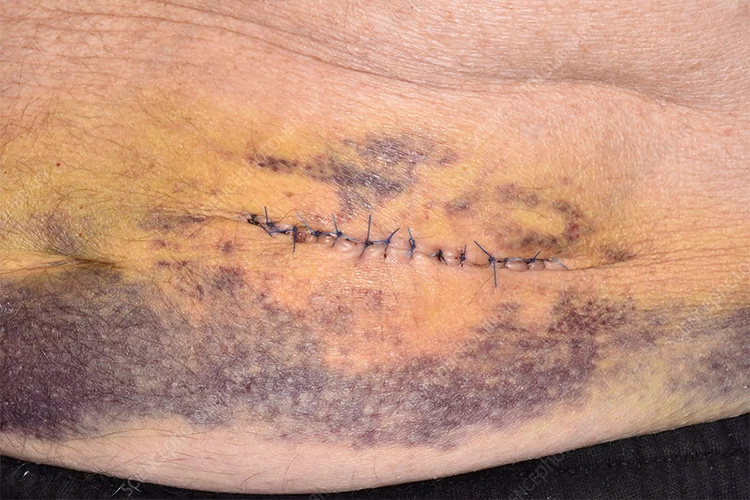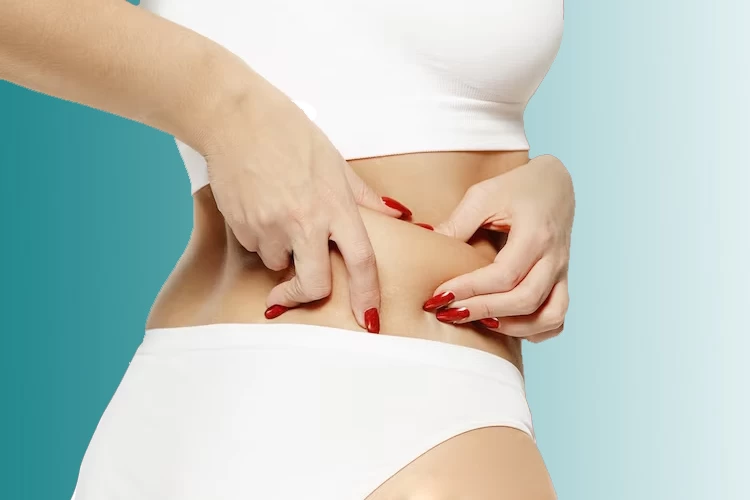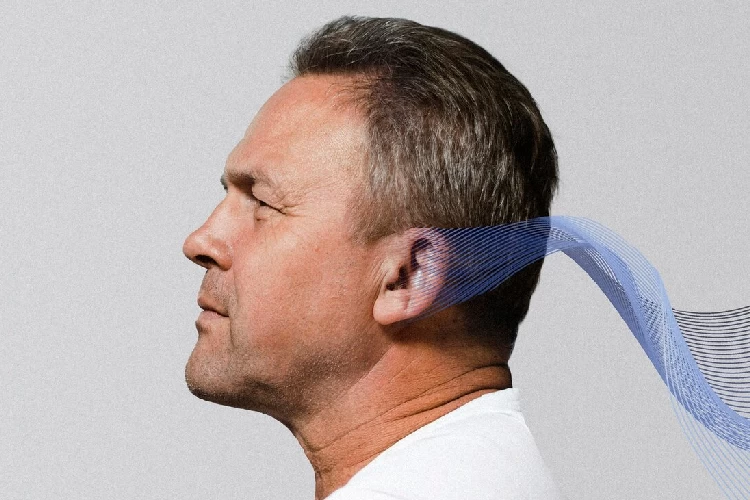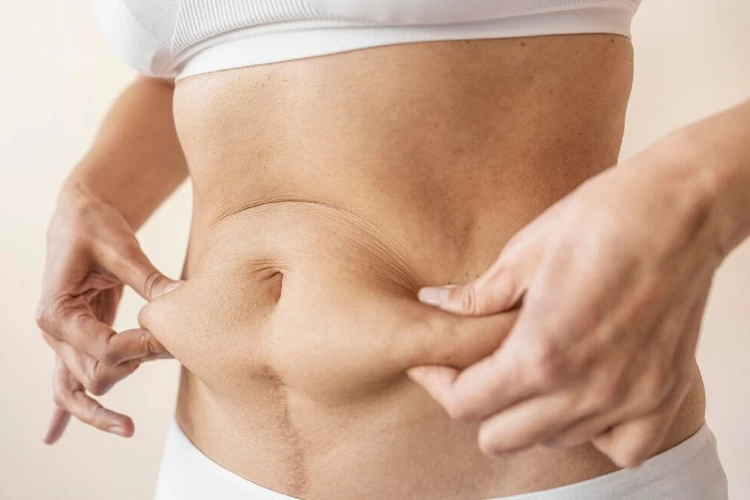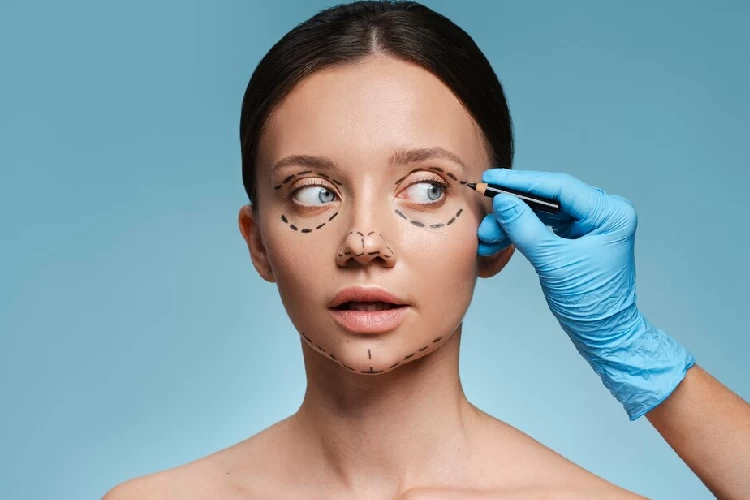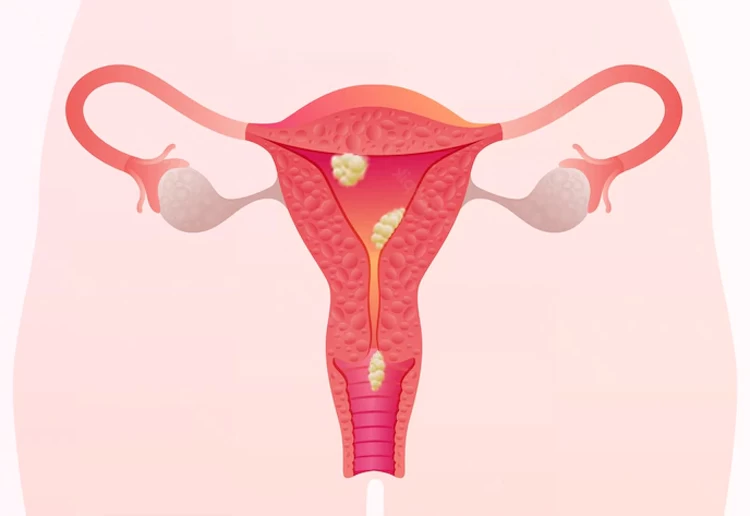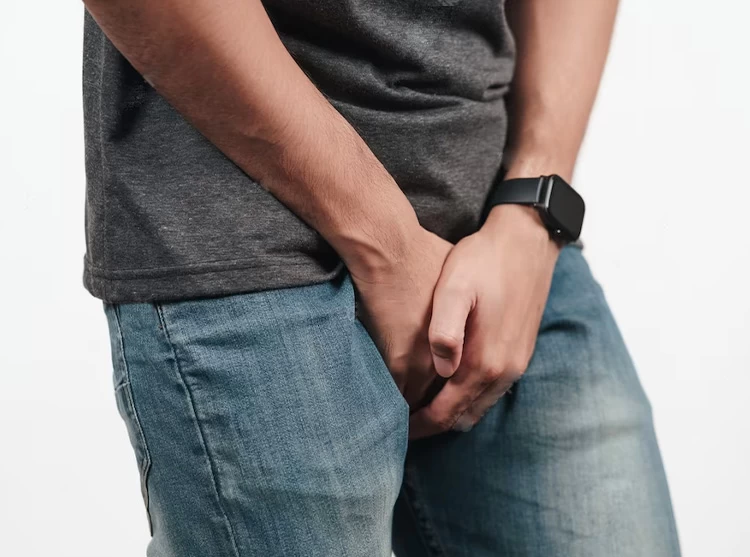The extent and location of scars in full and mini tummy tucks differ. Abdominoplasty scars take almost a year to heal and blend into the skin tone. You can reduce this time by applying anti-scar ointments, using silicone sheets, massaging the scars, wearing compression garments, avoiding sunlight, and staying hydrated. You can also prevent scarring by avoiding tobacco products, keeping the skin moisturized, and avoiding heavy physical activities.
After undergoing a tummy tuck procedure, it is common for patients to experience swelling and bruising in the treated area. This is a natural response of the body to the trauma of surgery and should subside within a few weeks. The swelling may be accompanied by discomfort, tightness, and tenderness in the abdomen. Following post-operative care instructions, such as wearing compression garments and taking prescribed medications, is important to help reduce swelling and bruising.
Extended tummy tuck contours your belly, sides, lower back, and buttocks. This procedure is invasive and involves a large cut and scar. The recovery time is 12 weeks, but you can get back to work from week three. As with other plastic surgeries, tummy tuck carries some risks, such as wound infection, bleeding, seroma, scarring, and more.
Iran, Turkey, Thailand, the Czech Republic, India, the USA, and Brazil are the best places to get a tummy tuck surgery. These countries, especially Iran and Turkey, are popular for abdominoplasty as they have low costs, skilled surgeons, advanced hospitals, short waiting lists, and great privacy regulations.
People with high BMIs are more prone to severe complications of abdominoplasty, and their recovery takes longer. Therefore, you should be in a healthy weight range during the surgery. Although obesity increases the risk of blood clots, infection, and delayed wound healing, people with a BMI of 30 or higher can still be a candidate for a tummy tuck.
Nutrient and organic food after hair transplant surgery helps the new follicles grow faster and thicker. Add more protein, vitamins, and iron to your diet to help your body produce more blood cells, collagen, and keratin, three elements necessary for healthy skin and hair. It is also suggested that supplements and multivitamins be taken for a few months after hair restoration surgery.
Liposuction and liposculpture share a lot of similarities; they both contour the body, are done under local anesthesia, and have long-lasting results. However, liposculpture is more precise, and the fat extracted in this operation can be used in other parts of the body, like cheeks, boobs, and buttocks.
Plastic surgeries can improve your appearance, boost your self-esteem, and correct medical conditions like a cleft or septum deviation. On the other hand, almost all of them are costly and involve short-term or persistent complications, such as scarring, swelling, skin discoloration, and infection.
A uterine polyp is a tissue developed on the endometrium lining. Large polyps lead to infertility as the embryo cannot attach to the embryo and grow naturally. Factors like hormonal disorders, advanced age, genetics, elevated blood pressure, etc., cause uterine polyps. This health issue can be treated by taking hormonal medications or hysterectomy.
Varicocele surgery reduces scrotum pain and treats infertility; however, it may cause hydrocele, damage to the scrotum’s vein, testicular atrophy, or testicle inflammation. Varicocelectomy is done in various ways, including open surgery, microsurgery, laparoscopy, and embolization, but the safest method is laparoscopy surgery.

